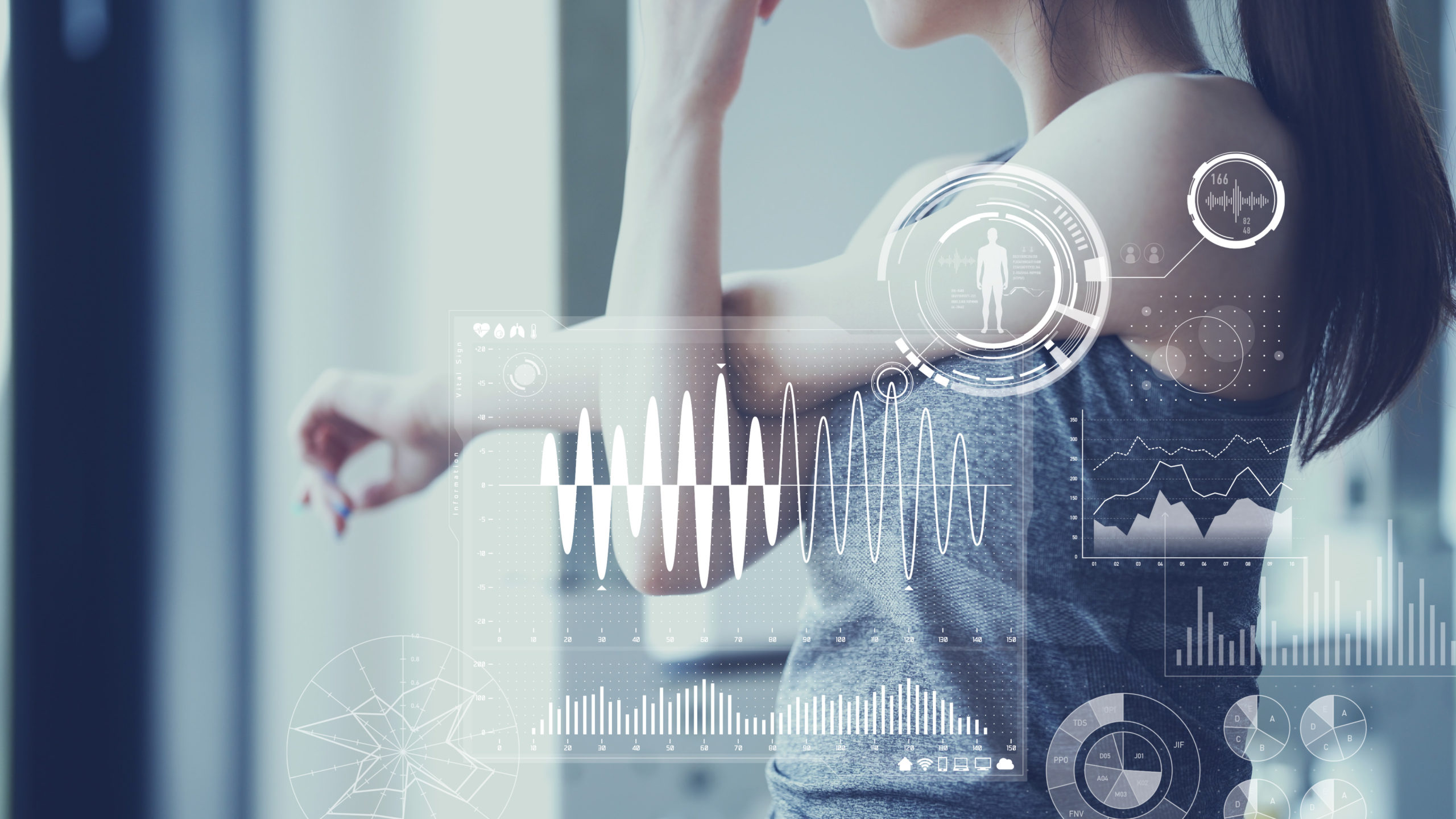
Why should I have a body composition scan at all?
Athletes regularly undergo body composition assessments, which can be daily, weekly or monthly depending on their current goals. Professional sportspeople have access to support staff and technology that has been developed to link data with achieving training milestones – in other words, use science to improve performance. Those of us who don’t exercise for a career tend to think in terms of ‘lose fat’ or ‘get stronger’, but we are aspiring to the same broad goal as athletes: improve performance. Body composition scans bring the latest technology to the general public to quantify your journey of improvement.
You don’t fit in a box
Categorisation tables, which suggest body composition based on a person’s gender and BMI, are a personal bug bear of BodyExo’s ‘Gym Guy’, Adrian Rainey.
“Categorisation tables look at masses of population and don’t take into account the long legs you got from your father, or the heavy forearms built from years of gymnastics,” he said.
The generalised view of categorisation tables does not allow for personal idiosyncrasies (which we all have) or help you track the effects of your diet, exercise and lifestyle over the short and long term. With regular scans, you build a bank of data solely related to you which will show trends over time.
Consistent assessment criteria for accurate tracking
However you choose to measure your body composition, it is important to measure the same components each time in the same way. For this reason, manual methods are notorious for being somewhat inaccurate due to human error, lack of training (or lack of flexibility!).
Body scanning technology has the advantage over traditional methods as the components necessary to thoroughly understand body composition are entered into a machine which does the scan for you the same way each time. All you have to do is step onto the scale, ideally at about the same time at each scan (e.g. 7 am, pre-workout).
What is a body composition assessment exactly?
Broadly it is a highly accurate snapshot of your current body composition. BodyExo’s Accuniq scanner takes 18 different measurements to form an accurate picture of your body composition.
- Total Body Weight
- Lean Body Mass
- Skeletal Muscle Mass
- Protein
- Mineral
- Total Body Water
- Segmental Analysis
- Body Balance
- Total Fat Mass
- Body Fat Percentage
- Visceral Fat Level
- Visceral Fat Area
- Waist/Hip Ratio
- Extracellular Water
- Abdominal Circumference
- BMR (Basal Metabolic Rate)
- TEE (Total Daily Energy Expenditure)
- Bio Age
Are body composition scans easy?
BodyExo composition assessment is completed in less than 30 seconds. There is no removal of clothes, no skimpy clothing, no radiation, no complicated paper print outs, and no need to preserve previous scans. The data can be viewed on a web browser on your phone, tablet or computer at any time.
Which method of body composition assessment should I use?
How you measure your body composition must suit you – for most people, this means prioritising ease and speed.
Method One: Multi Frequency Bioelectrical Impedance
Stand on a bioelectrical impedance machine (a scale) and let a gentle electrical current surge through your body. Step off. Log into your Body Exo account and view your data.
Bioelectrical impedance machines are easy to use, but they are currently only available at gyms. If you don’t go to a gym this is obviously a problem. Body Exo is working on bringing our machines to the general public in a different way, but in the meantime, try out Method Two.
Body Exo vs Other Similar Scans
In addition to the most up to date technology available to the general public, Body Exo takes a long-term approach to health management. We work with gyms to ensure their customers understand their data and its relation to their health and lifestyle goals.
Method Two: Measuring Tape
It won’t tell you what is going on inside your body, but the trusty old measuring tape is all you need to track the outward effects of your lifestyle. It takes a bit of practice to measure accurately, and be sure to record your results in an app or notebook. The key measurement is waist circumference, as this is considered a key if general indicator of overall health. Chest and hip measurements are also quite important, particularly for women (who will often notice fat appear or disappear from these places first). People who are focused on building muscle will often track the circumference of their legs, arms and neck as well.
But there are lots of other methods!
Yes, there are. Body Mass Index (BMI) and skinfold measurements are both popular ways of monitoring physical health and/or body fat. These methods aren’t wrong, but they do use calculations that assume certain factors are the same for everyone. While they can be useful, they may give you an inaccurate idea about your own health or lead you to have unrealistic expectations for your particular mortal shell.
More high tech methods than multi frequency bioelectrical impedance are available, but they are still expensive, often prohibitively so, and available only within the medical sphere.